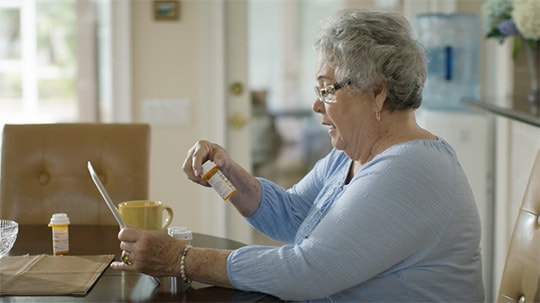According to a report by the Georgia Public Policy Foundation, the delivery of healthcare will be further disrupted with continued technological advances which put “consumers/patients in charge of where, when, with whom and at what price they will pay for medical services.”
In the report, Dr. Farzad Mostashari, former National Coordinator for Health IT, reflects that “… most of what affects people’s health doesn’t happen in the hospital or in the clinic. It happens when they’re home, when they’re out and about, and being able to engage with them effectively is no longer going to be optional.”
Supporting the idea of bringing care to the individual’s home was echoed by Dr. Mark Blatt, Global Medical Director for Intel. Dr. Blatt envisions that the hospital of the future may very well be the consumer’s living room. Others support the concept that we will at some point see more office visits in the “living room” than the “waiting room.”
Virtual care supports the idea of bringing the hospital to the patient’s (or member’s) home and allowing more personalized patient-provider relationships. Video-based technology helps discharged patients conveniently access care on their own terms and on their own timetable. Without virtual care, access to follow-up care could unfortunately be delayed, unavailable, or unattainable:
- There may be a significant distance between the patient and the follow-up care facility, requiring hours of travel and potentially related overnight expenses.
- Once at home and back at work, the patient may have scheduling conflicts.
- Reliable transportation may be unavailable or unaffordable.
- The patient may be homebound or too ill to leave the house for an appointment.
To be successful, post-hospital care must be designed with a consumer-centric focus. The Office of National Coordinator for Health Information Technology (ONC) developed a perspective on the design for virtual care in order to enable a consumer-centered healthcare ecosystem. A few of the ONC guidelines are summarized below:
- “There cannot be friction for the user.” Solutions must be attractive, easy, and intuitive. As the guidelines indicate, “health is but one item competing for consumer mindshare. Consumer-centered applications must consume less, not more, mindshare to enable a seamless and efficient interaction with the healthcare system.”
- “Team-based care must include smart triggers.” Patients/members should receive information, motivation, and recognition in order to encourage ongoing adherence.
- “The real world and the online world must converge.” Patients/members must be able to quickly connect and seamlessly communicate via virtual visits. The care – and the provider-patient/member conversations – should be as beneficial as an in-person visit.
- “Integrate technology and human interaction in the physical world.” Using technology to enhance existing workflows leverages human-based and technology-based interaction.
By providing patients and members with better access and more control of how to “consume” healthcare, healthcare delivery organizations will help improve all stakeholders’ satisfaction and positively impact overall outcomes.

